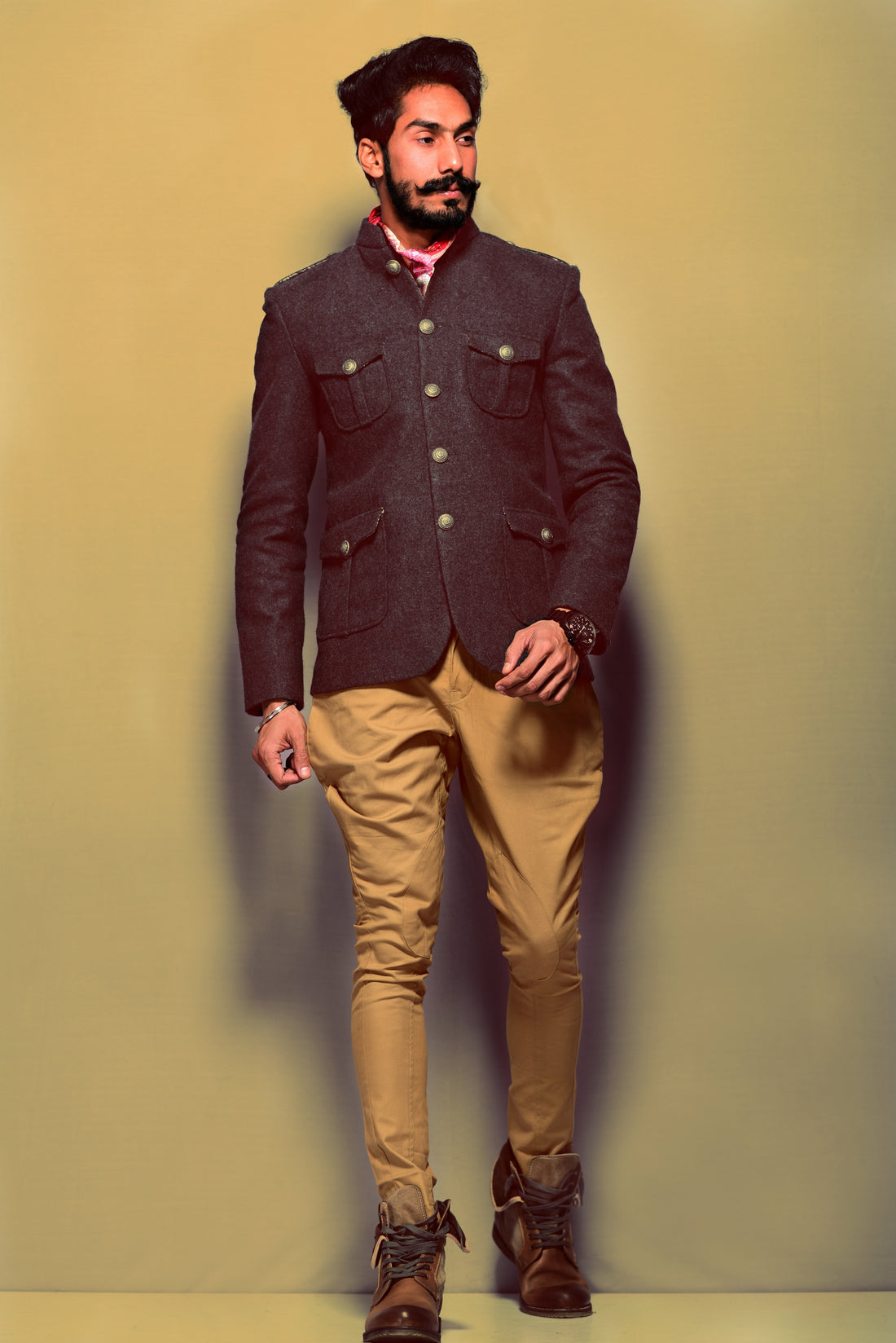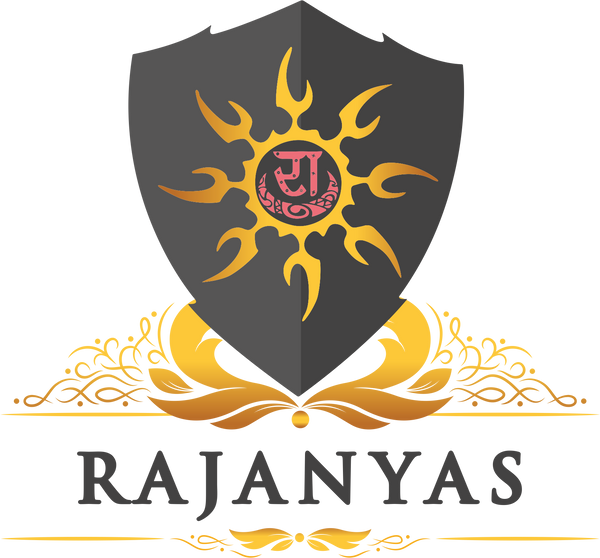
All About Jodhpuri Breeches
Jodhpuri Breeches/ Jodhpurs Origin :

Jodhpurs were adapted from traditional clothing of the Indian subcontinent as long trousers, reaching to the ankle, snug from the calf to the ankle, with reinforced fabric protecting the inner calf and knee from rubbing. The thighs and hips were flared, a traditional Southeast Asian style that allowed free movement of the hip and thigh while riding.
The Jodphurs were adapted from an ancient style of Indian trouser called the Churidar, which is tight around the calf and loose at the hips. It is still worn at traditional Rajputana weddings. This is a special traditional style of clothing in Northern India, especially popular among Rajputs. Sir Pratap Singh, younger son of the Maharaja of Jodhpur, popularised in England the style of riding-trousers worn in Jodhpur, a design that he apparently improved and perfected and first had tailored in India around 1890.
Singh was an avid polo player. When he visited Queen Victoria in England during her Diamond Jubilee celebrations of 1897, he brought his entire polo team, who caused a sensation among the fashionable circles of the United Kingdom by their riding clothes. In addition, they won many polo matches. Singh's Jodhpur style of flared thigh and hip was rapidly taken up by the British polo-playing community, who adapted it to the existing designs of English breeches, which ended snugly at mid-calf, and were worn with tall riding boots.
Impact in Fashion World-Over:

In popular culture, Jodhpur-style breeches worn with tall boots became particularly associated with military staff officers, who wore uniforms based on riding apparel, often derived from the aristocratic cavalry tradition from which many nations historically drew their corps of top commanders.

The style came to be associated with authority figures in general and was copied by certain Hollywood movie directors in the United States. Flared-hip breeches and tall boots formed part of the military uniform of staff officers in Nazi Germany and many Soviet Bloc countries, including the former USSR and East Germany, although the military had replaced the use of horses with motor-driven vehicles.
With the increasing popularity of sports and sporting activities, the Jodhpur Breeches started making an appearance on the tennis court, the ski slopes, and also among aviation and motor car sports. During the 1920s when women began to ride astride saddle, they chose the Jodhpur and Coco Chanel was reportedly the first high profile woman to wear them. Amelia Earhart and Amy Johnson were the other famous women who donned Jodhpur Breeches.
In recent times some designers have used Jodhpur pants in their collections to create an aura of upper class tradition and sportiness. With the invention of Lycra, the Jodhpur pant began to be more streamlined and eventually even influenced leggings and skinny jeans where their features have been retained more as an element of style and fashion rather than practicality.
Jodhpur Breeches Style Guide

For those brave souls who have the ability to carry off anything they wear, the classic Jodhpuri Bandhgala / Jodhpur Breeches combination can make them stand out in a sea of suits. Both contrasting and matching colors can be worn. It is advisable to follow the same guidelines (for shoes and accessories ) as you would when wearing a formal suit. A pocket square can be added for a bit of color. The buttons of the Bandhgala can be replaced with traditional Bejewelled buttons. Solid colors are recommended or thin pin stripes at the most. Shirt cuffs are usually not displayed while wearing Jodhpuri Bandhgala; however the wearer can exercise his discretion. A scarf can also be added, if so required.

A Hunter jacket goes very well with Jodhpur pants as well and overall the jackets can be patterned or solid colored but the Jodhpur pants themselves should never have any patterns.

